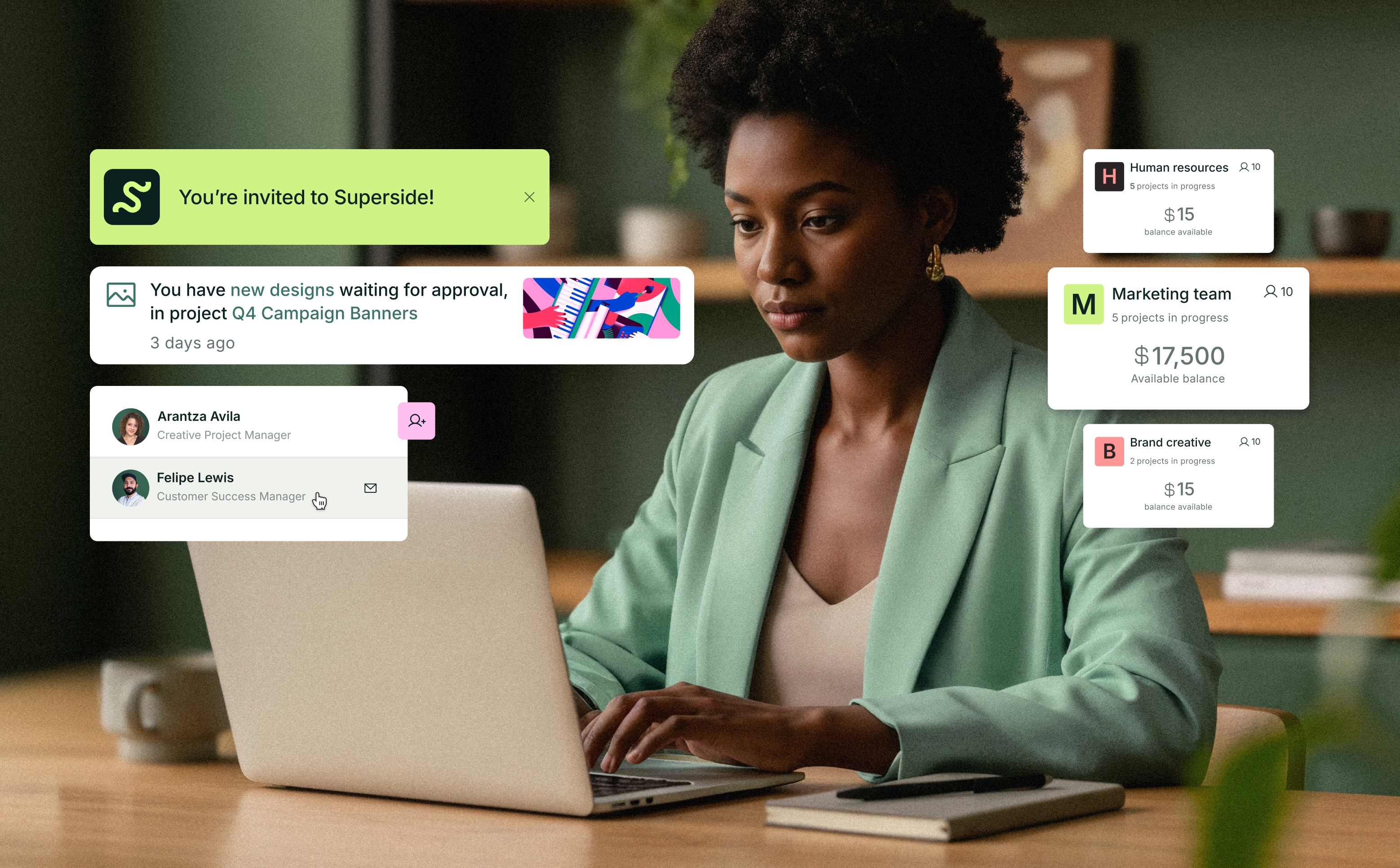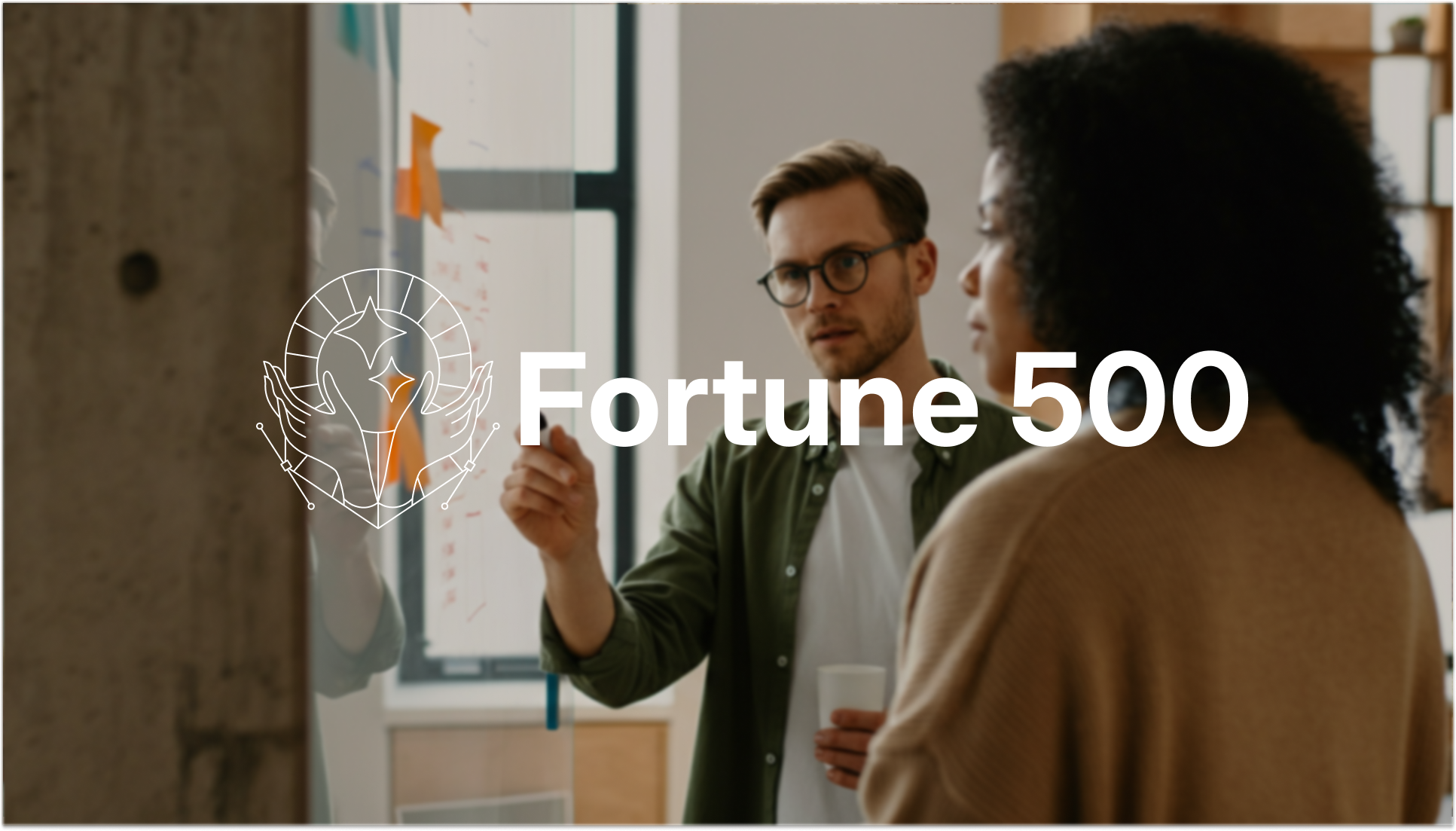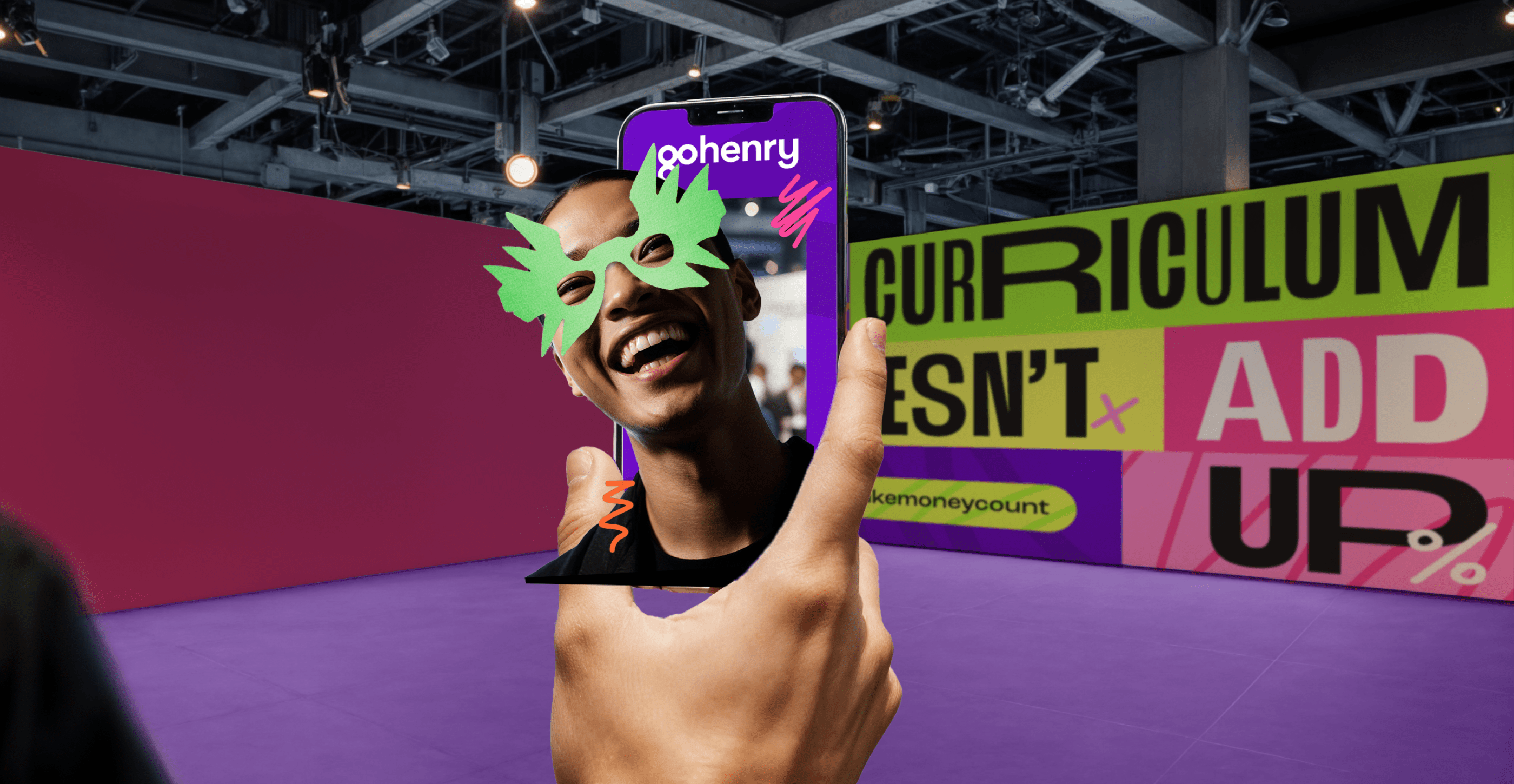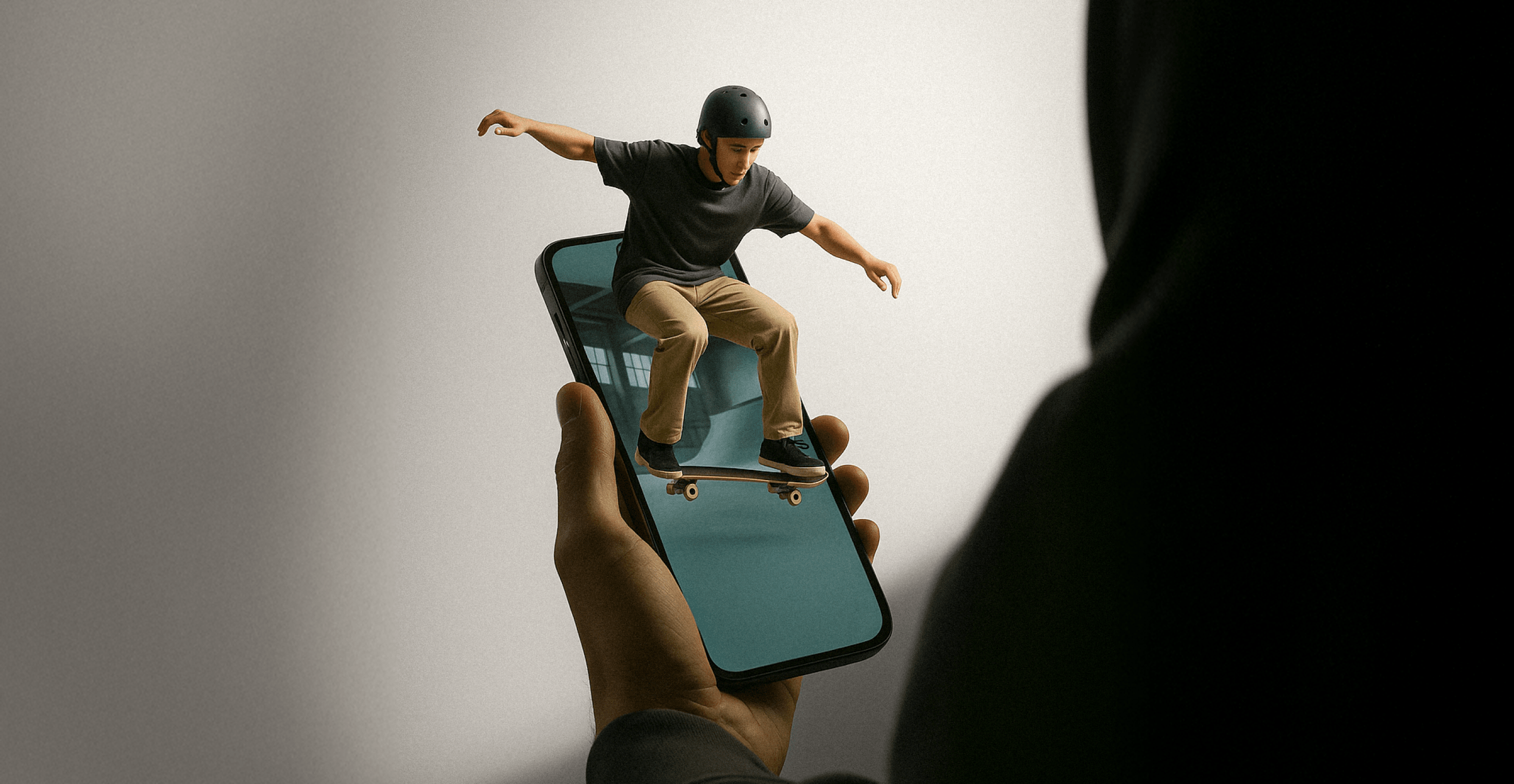
At the end of October, the Louvre Museum in Paris partnered with HTC VIVE arts to launch a virtual reality tour of the iconic Mona Lisa. Tourists and art enthusiasts from all over the world can now experience Leonardo da Vinci’s masterpiece like never before: up close and personal. Previously, visitors to the Louvre had to fight through crowds to view the Mona Lisa, and only had 30 seconds to gaze upon the masterpiece at a distance of 15 feet. The experience, for most, wasn’t exactly ideal.
Now, the “Mona Lisa: Beyond the Looking Glass” virtual exhibit allows onlookers to take a seven-minute virtual tour of the Mona Lisa via one of 11 headset stations located in a small gallery room near the main da Vinci exhibition. (An extended version of the VR tour is also available for download through VIVEPORT for audiences around the globe.) And while there are some opposed to this method of experiencing artwork, the virtual reality tour provides guests with an intimate, up-close encounter with the Mona Lisa that would otherwise be impossible.
In addition to winning over one of the world’s most beloved art museums, virtual reality in interaction design has caught the attention of design teams all over the world. This high-tech design tool has forever altered the way designers and clients experience the creative process in the design industry. [1] [2]
The Benefits of Virtual Reality in Interaction Design
World-renowned art museums aren’t the only ones getting on board with virtual reality. This new technology has greatly impacted designer-client relationships by changing the way both parties experience the design, review and feedback process. Virtual reality is growing to become a powerful tool among design teams on an international level – and for good reason.
Immersive Experience
The benefits of virtual reality in interaction design are plentiful. The first and perhaps most obvious benefit is that virtual reality is immersive. For designers, creativity and experimentation are key ingredients throughout the creative process. Virtual reality allows the design team to understand each aspect of the project at hand and to view important details from every angle. When you’re designing physical environments or objects, virtual reality can be used to help clarify ideas. It allows the team to explore different options from every dimension and collaborate on a more advanced level.
Enhanced Communication
The immersive nature of virtual reality is an incredible value add for the client. While a designer is most likely equipped with the imagination and expertise to envision an end product throughout the design process, a client may not have that same natural eye for design. Virtual reality in interaction design helps explain a project and its various stages to the client in an immersive, engaging way. Because let’s face it: if a designer can’t effectively present his or her ideas to the client, it doesn’t matter how great the design is. The client will be left feeling confused, alienated from the creative process and, therefore, unhappy with the end result.
Take HOK, for example, a global design, architecture, engineering and urban planning firm. One of their clients was struggling to understand a design despite several attempts and tactics to help the client interpret it. In search of a solution, project designer Kevin Hollenbeck decided to present the design through virtual reality.
“We decided to show the client some 360-degree panorama views that put them in the space with all those materials and the model constructed around them,” said Hollenbeck. “The VR experience provided them a clearer understanding of what it would be like in that space. We only had to do the VR demonstration once. Immediately the client got it.” [3]
A Shared Experience
In short, virtual reality in interaction design evens the playing field between designer and client. Virtual reality allows both parties to be on the same page and experience the design process in a highly immersive, inclusive manner. This helps the design team and client establish effective communication throughout the project, thereby increasing the likelihood of a greater outcome.
How Can Design Teams Use Virtual Reality in Interaction Design?
While virtual reality offers numerous benefits to both the client and the design team, it does come with its limitations. Currently, virtual reality is primarily used in the design process to explain a design to clients. Due to the significant amount of data that virtual reality requires, designers must be far along enough in the creative process before a client can virtually tour a project.
“Right now, VR is really useful for helping clients understand a project that’s pretty well cooked. But as designers, we want to be able to use it like the tasting spoon as we’re actually doing the cooking,” explained Peter Ruggiero of HOK.
Despite this current limitation, client satisfaction is key to a design project’s success. And virtual reality can help ensure client satisfaction by providing the client with the opportunity to experience the design process and easily provide feedback. This in turn makes the design team’s job much easier.
Virtual reality gives the designers a clear direction of what the client wants and eliminates confusion, which improves the overall efficiency of the design process. It also allows the designers to determine if a design works the way they want it to before presenting to the client. And because virtual reality is so immersive, it makes detecting errors and mistakes far less challenging.
Designers can rely on virtual reality to make the revision process run smoother since the client can pinpoint precisely which changes they want made. Finally, design teams can use virtual reality to enhance their collaboration and internal communication, which is just as important to the design process as the client-designer relationship. [4]
Transform Your Design Workflow with Virtual Reality
As design continues to evolve to become more immersive, it’s important that designers use every tool available to them to enhance the client’s experience. Virtual reality in interaction design is one of the most groundbreaking tools that is gradually infiltrating the world of design. Take advantage of this powerful tool and invite your clients to share in the design experience alongside your team.
References:
[1] https://www.nytimes.com/2019/10/15/arts/design/mona-lisa-vr-louvre.html
[2] https://www.designboom.com/technology/htc-vive-arts-mona-lisa-3d-louvre-da-vinci-exhibition-10-28-2019/
[3] https://www.bdcnetwork.com/blog/virtual-reality-design-tool-what-weve-learned-and-where-were-going
[4] https://www.viz360.com/vr-for-architects-collaborate/
https://www.clarknexsen.com/blog-virtual-reality-reshaping-design-experience/












